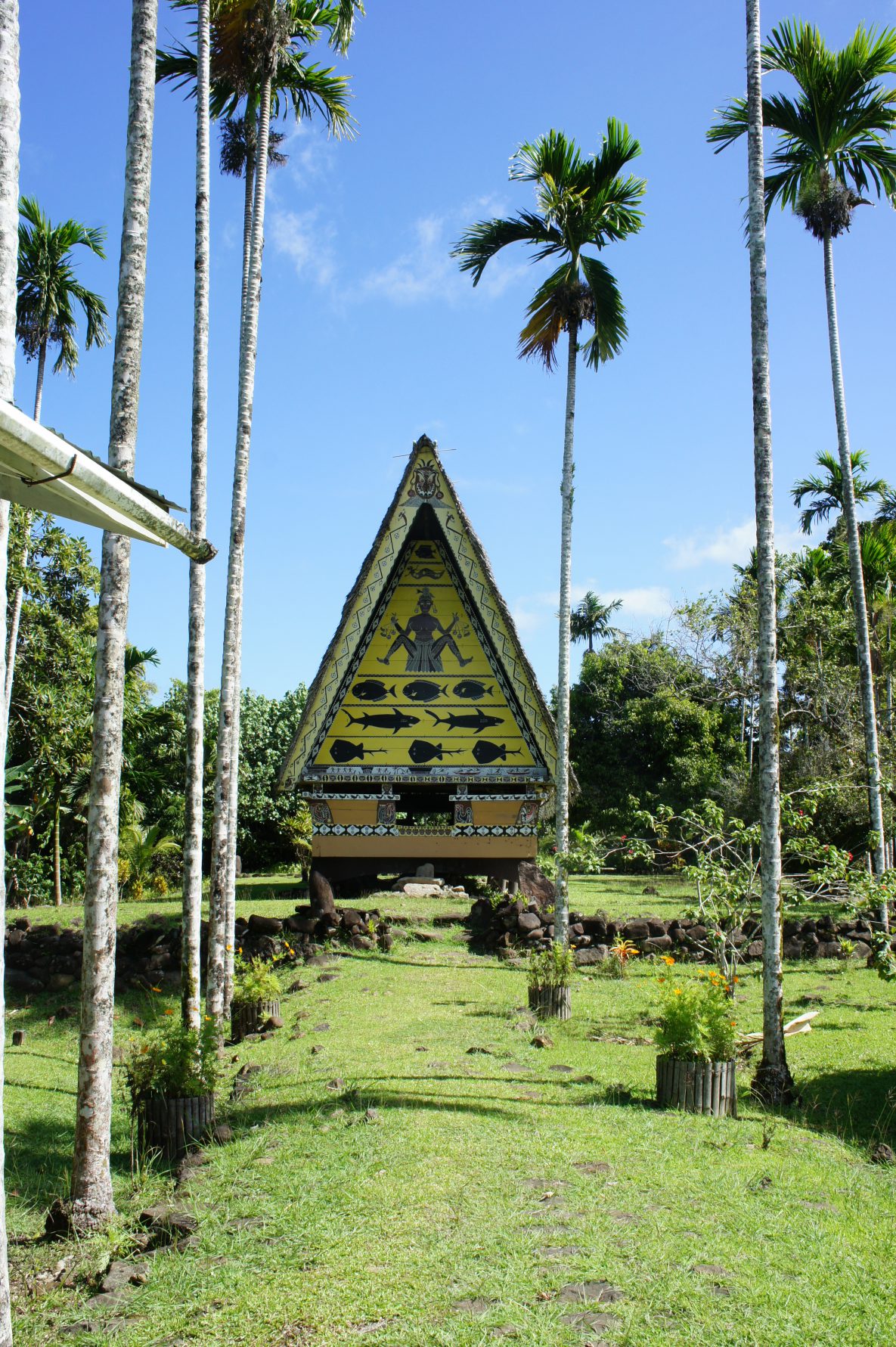US Territories and Freely Associated States

US-Affiliated Pacific Islands (USAPI)
CDC recognizes the unique historical, geographic, social/demographic, and cultural dynamics for residents in the Caribbean and US-Affiliated Pacific Islands (USAPI) as we work together to prevent, detect and respond to diseases and natural disasters.
Many factors contribute to island residents’ higher rates of chronic diseases, health risk factors, and premature death as compared to other US population groups. In the Pacific, public health challenges in the regions are exacerbated by widely dispersed populations, limited resources, and fragmented health systems.* USAPI also suffer from health threats resulting from climate change, including natural disasters.
For example, from January 2017–2018, there were 39 outbreaks that impacted the Pacific region, including influenza-like illness, dengue, measles, Zika, mumps, etc. (WHO for the Western Pacific Region, Pacific Syndromic Surveillance System (PSSS), 2018).
In the Atlantic, Puerto Rico and the US Virgin Islands (USVI) were impacted in 2017 by two category 5 hurricanes (Irma and Maria). In December 2019, Puerto Rico was struck by the first of more than 1,000 earthquakes that are still affecting the island. Limited medical personnel, procurement and shipping limitations are challenges when responding to large scale catastrophic events. In 2020, the US territories and freely associated states are facing even more challenges with the COVID-19 response.
*(Journal of Public Health Practice, 2016, September/October 2016 – Volume 22 – Issue 5 – p 492-495)
Other Federal Agencies Working with US Territories and Freely Associated States
- US Department of Health and Human Services
- Substance Abuse and Mental Health Services Administration (SAMHSA)
- US Department of Defense
- US Department of Interior – Office of Insular Affairs
- US Department of State
- USAID
Other